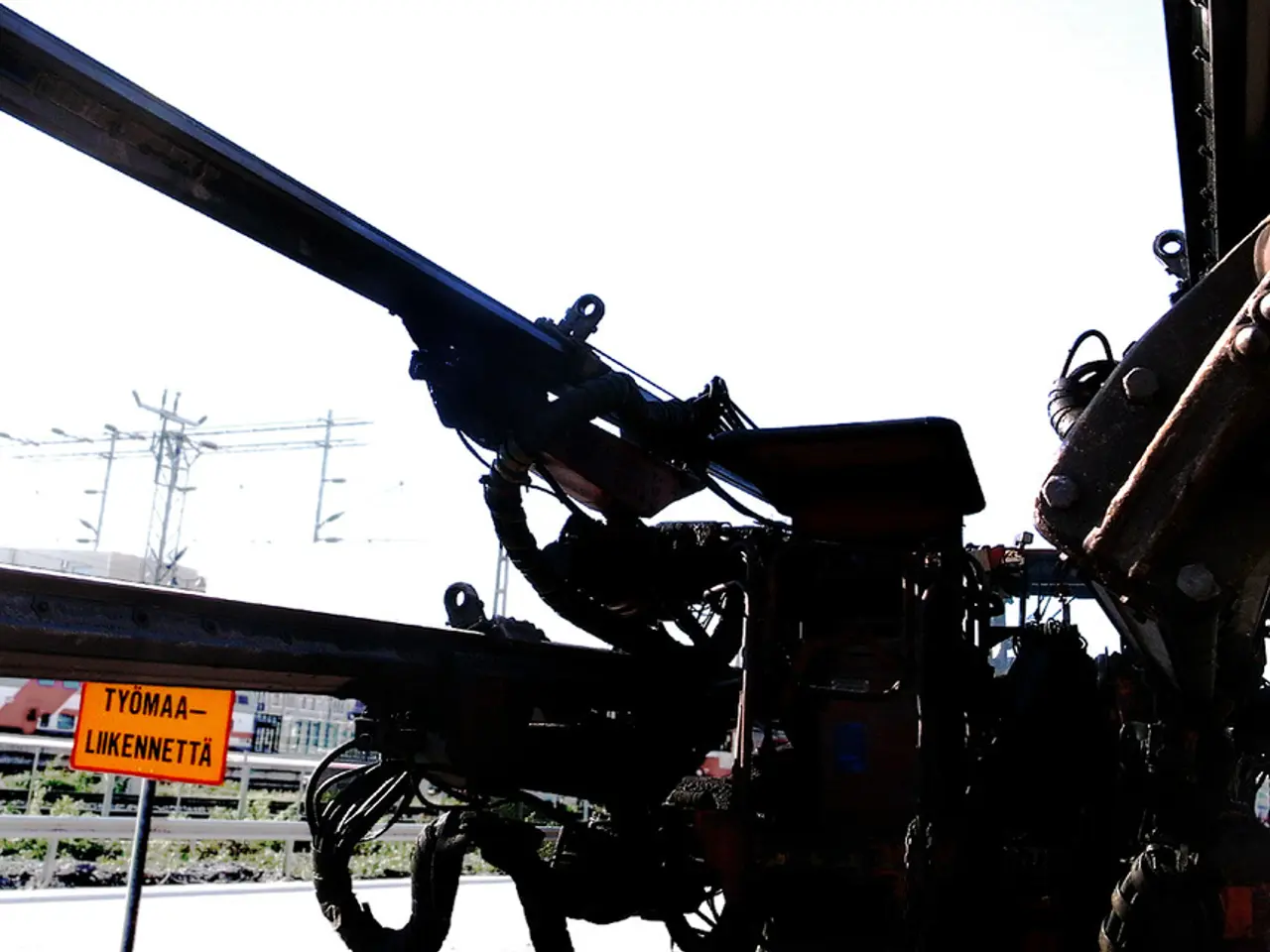Artificial Intelligence Revolutionizes Dining Establishments Today
In the ever-evolving world of food service, Artificial Intelligence (AI) is making a significant impact, revolutionizing the way restaurants operate across the globe. From quick-service chains to independent eateries, AI is enhancing efficiency, reducing labor costs, and elevating the dining experience.
One of the key areas where AI is making a difference is in efficiency. AI systems analyze historical sales data, weather conditions, and local events to predict demand accurately. This helps in managing inventory effectively, reducing waste, and optimizing kitchen operations. Real-time inventory tracking ensures that ingredients are stocked appropriately, reducing stockouts and overstocking.
AI also optimizes back-of-house workflows by automating tasks such as order preparation, kitchen temperature regulation, and ingredient tracking. This ensures timely service and reduces human error.
In terms of labor cost reduction, AI scheduling tools analyze sales data, weather patterns, and seasonal trends to create optimized staff schedules. This eliminates overstaffing during slow periods and understaffing during busy times, saving significant labor costs. For instance, a beachfront restaurant saved $9,000 to $10,000 per month by using AI scheduling.
AI also automates routine tasks, such as customer service, reservations, and ordering. AI agents, such as chatbots and voice assistants, handle these duties, reducing the need for additional staff in these areas, freeing up employees to focus on hospitality.
AI is not just streamlining operations; it's also enhancing the dining experience. Chatbots and AI-powered voice assistants provide 24/7 support, allowing customers to place orders, check allergen information, and adjust orders in real-time. This enhances customer engagement and speeds up the service process. AI assistants can also upsell specials and sync with reservation software, improving front-of-house efficiency and customer satisfaction.
AI is also helping restaurants optimize menu offerings and pricing strategies. By analysing menu performance, profit margins, and customer behavior, AI can lead to increased revenue without compromising customer satisfaction.
As labor shortages persist, AI-driven robots and smart kiosks are stepping in to support front and back-of-house operations. AI accelerates both back-end kitchen prep and customer-facing operations, leading to faster service.
In conclusion, AI is transforming the restaurant industry by streamlining operations, cutting costs, and enhancing the customer experience. As the global restaurant AI market is forecasted to exceed $20 billion by 2027, growing at a compound annual rate of 25%, AI is set to become essential infrastructure for food service, transforming how restaurants operate, serve, and scale.
- The realm of deep learning and artificial intelligence (AI) is being utilized to revolutionize the food-and-drink industry, particularly in the aspect of efficiency.
- In the back-of-house operations, AI systems are automating tasks such as order preparation, kitchen temperature regulation, and ingredient tracking, thereby reducing human error.
- The use of AI scheduling tools in the finance sector of the restaurant business is becoming increasingly common, as they analyze sales data, weather patterns, and seasonal trends to create optimized staff schedules, ultimately reducing labor costs.
- The integration of AI technology in the realm of robotics is also making a significant impact, as AI-driven robots and smart kiosks assist in both front- and back-of-house operations, leading to faster service and transforming the overall business model in the food-and-drink sector.




